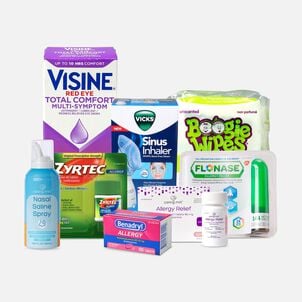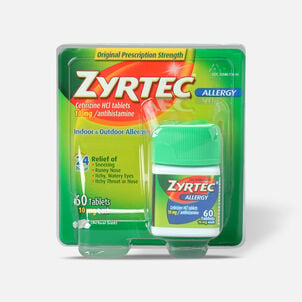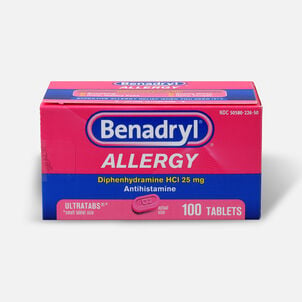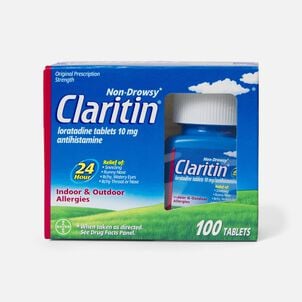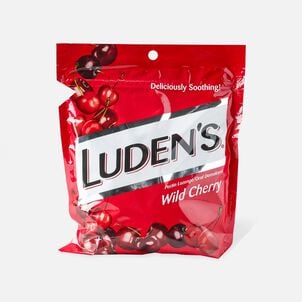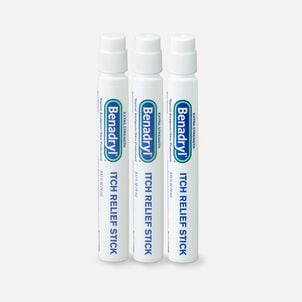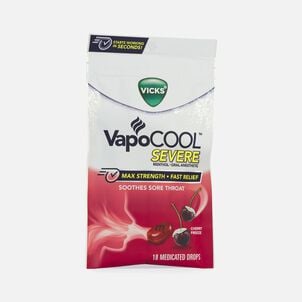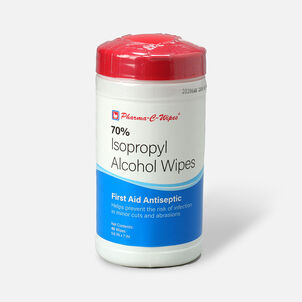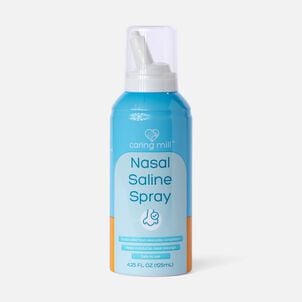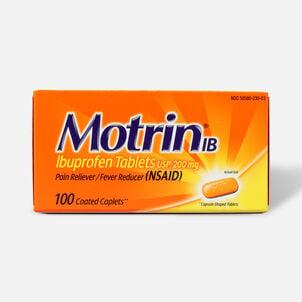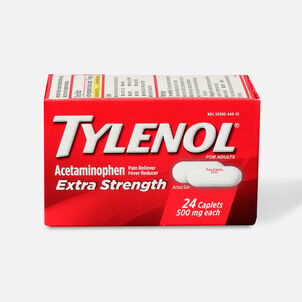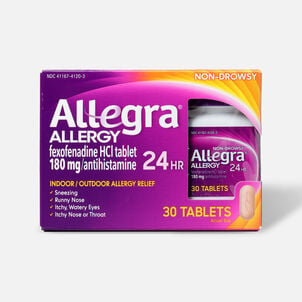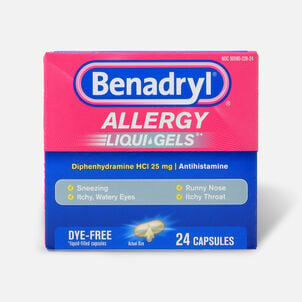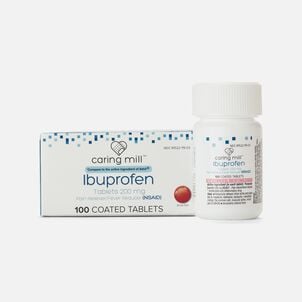The Complete FSA Eligibility List
Here it is — the most-comprehensive eligibility list available on the web. From A to Z, items and services deemed eligible for tax-free spending with your Flexible Spending Account (FSA), Health Savings Account (HSA), Health Reimbursement Arrangement (HRA) and more will be here, complete with details and requirements. Important Reminder: FSAs, HRAs and other account types listed may not all be the same. Be sure to check with your administrator to confirm if something is eligible before making a purchase.
Here it is — the most-comprehensive eligibility list available on the web. From A to Z, items and services deemed eligible for tax-free spending with your Flexible Spending Account (FSA), Health Savings Account (HSA), Health Reimbursement Arrangement (HRA) and more will be here, complete with details and requirements. Important Reminder: FSAs, HRAs and other account types listed may not all be the same. Be sure to check with your administrator to confirm if something is eligible before making a purchase.
Nebulizer: FSA Eligibility
Nebulizer: eligible with a Flexible Spending Account (FSA)FSA Eligible Cold & Allergy
What is a nebulizer?
A nebulizer is a medical device that converts medication in liquid form into a mist so that it can more quickly be absorbed into the bloodstream through the tissue of the lungs. Nebulizer sessions are often referred to as "breathing treatments" and they are the preferred method of delivering asthma medications to infants and small children, as well as anyone who has difficulty using a traditional asthma inhaler to treat their symptoms (Healthline).
Nebulizers consist of an air compressor, a nebulizer cub, a mask or mouthpiece, compressor tubing and the medication prescribed by a doctor. After the medication and other equipment is in place, once the nebulizer starts misting, the user can place the mouthpiece over his/her mouth and slowly breathe in and out until the medicine is gone. Depending on the dosage, this may take between 5 to 15 minutes to exhaust the medicine completely. While nebulizers are often a better option for those who can't use standard inhalers, having a nebulizer on hand can be a good plan for some asthma sufferers during high risk seasons, as well as avoiding emergency room visits in severe cases (Asthma.net).
Nebulizers are available in both home and portable models. The at-home models typically run on electric power from an outlet and are designed to be used while in a seated position. Portable models work by running on batteries or can be plugged into a vehicle's electrical outlet, and they are a great option for individuals who contend with asthma symptoms continually. Both at-home and portable nebulizers cost about the same and are considered "durable medical equipment": and are eligible for reimbursement with consumer-directed healthcare accounts and most insurance policies.


